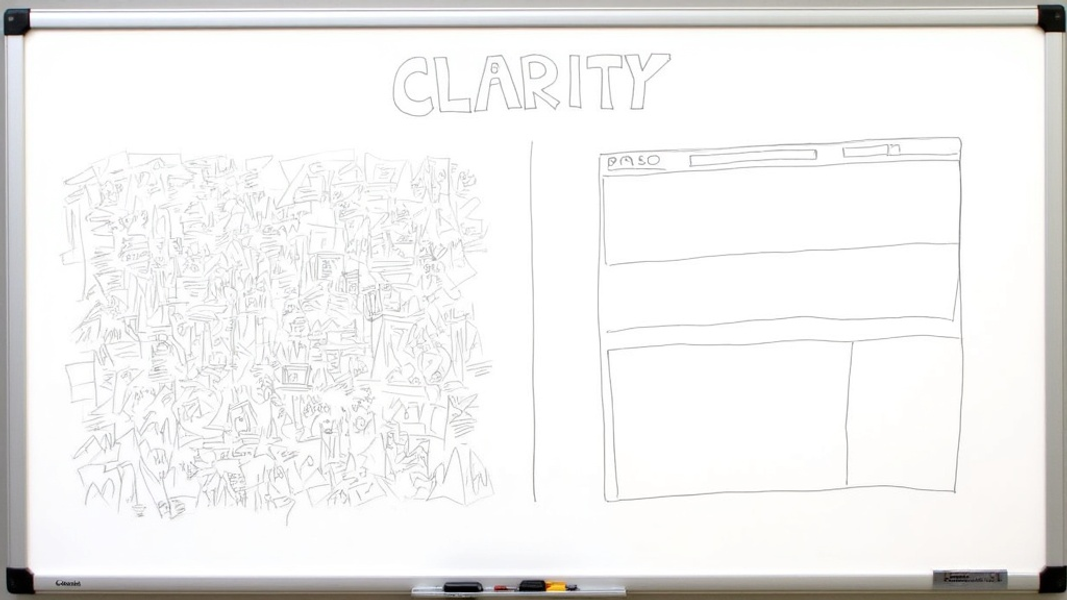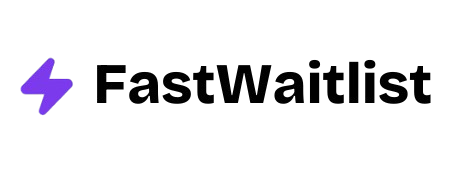
Most websites only turn 2 out of every 100 visitors into customers. That's not great. But you can do better. This guide will show you how to make landing pages that get more people to take action. We'll cover design, writing, and tech tips to help your pages work harder.
What Makes Landing Pages Work
Good landing pages do three things well:
1. They Clearly Show Value
Your page needs to quickly tell people why they should care. What problem do you solve? How will their life improve? Make this clear right away.
2. They Look Good on Phones
More people browse on phones than computers now. Your page must work well on small screens. Text should be easy to read and buttons easy to tap.
3. They Load Fast
People are impatient online. If your page takes more than 3 seconds to load, many will leave. Keep things simple and optimize images to speed up your site.
Design Tips for Better Pages
How your page looks matters a lot. Here are some ways to make it more appealing:
Use White Space Wisely
Don't cram too much onto the page. Leave some empty space around your content. This makes it easier to read and helps important things stand out.
Imagine walking into a messy room versus a tidy one. The tidy room is more relaxing and you can find what you need. White space does the same for your page. It gives your content room to breathe.
Pick the Right Pictures
Good images can make a big difference. Show your product being used or happy customers. Avoid generic stock photos that don't add value.
Real photos of your team or customers build trust. They show there are real people behind your business. If you sell a product, high-quality photos from different angles help people imagine owning it.
Make Text Easy to Scan
Most people skim web pages instead of reading every word. Break up your text to make this easier:
- Use short paragraphs, usually 2-3 sentences
- Add subheadings to organize information
- Include bullet points for lists
This helps visitors quickly find the info they want. It's especially important on mobile where long blocks of text are hard to read.

Writing Tips That Persuade
The words on your page need to convince people to act. Here's how to write copy that works:
Craft a Strong Headline
Your headline is the first thing people read. It needs to grab attention and make them want to learn more. Focus on the main benefit you offer. Ask yourself, "What's in it for the customer?"
For example, instead of "Our New Meal Planning App", try "Eat Healthier and Save Time with Easy Meal Plans". The second one tells people how the app will improve their life.
Use Subheadings as Miniature Headlines
Think of subheadings as signposts guiding people through your page. Each one should give a reason to keep reading. They break up the text and highlight key points.
Good subheadings summarize the content below them. They make it easy for people to find the information they care about most.
Write Clear Calls-to-Action
Your call-to-action (CTA) is where you ask people to take the next step. Whether it's "Buy Now", "Sign Up", or "Learn More", make it stand out.
Use action words that tell people exactly what to do. "Get Your Free Trial" is clearer than just "Submit". Also, explain what happens next. "Start Your 30-Day Free Trial - No Credit Card Required" removes worry about hidden charges.
Building Trust With Visitors
People are more likely to buy from businesses they trust. Here's how to increase trust on your landing page:
Show Social Proof
Social proof means showing that other people like and use your product. This can include:
- Customer reviews and testimonials
- Logos of well-known clients
- Number of customers or users
- Awards or certifications
Real comments from happy customers are powerful. They show that your product works in real life, not just in marketing claims.
Be Clear About Security
If you're asking for personal info or payments, people want to know it's safe. Show security badges and explain how you protect data. Mentioning a money-back guarantee or free trial can also reduce risk for new customers.
Conversion Optimization Techniques
Getting people to take action is the goal of any landing page. These tips can help increase your conversion rate:
Test Different Versions
Small changes can make a big difference in how well your page works. Try different headlines, images, or button colors to see what performs best. This is called A/B testing.
Many tools like Google Optimize or Optimizely make it easy to run these tests. They show different versions to visitors and track which one gets more conversions.
Personalize the Experience
Not all visitors are the same. Showing different content based on who's viewing can improve results. This could mean changing the headline for visitors from different countries or showing different products to new vs. returning customers.
Remove Distractions
Your landing page should focus on one goal. Remove anything that might lead people away from that goal. This often means taking out:
- Navigation menus
- Links to other pages
- Social media buttons
Keep people focused on the action you want them to take.

Using New Tech on Landing Pages
Technology keeps changing how we build web pages. Here are some new tools to consider:
Add a Chatbot
Chatbots can answer common questions right away. This helps people who aren't ready to contact you directly. They can also gather info to qualify leads before sending them to your sales team.
Tools like Intercom or Drift make it easy to add chat to your site. Start with answers to frequent questions and grow from there.
Try Video Backgrounds
A short video loop in the background can make your page more eye-catching. It can show your product in use or create a mood that fits your brand. Just be careful not to slow down your page or distract from your main message.
Measuring Success
You can't improve what you don't measure. Here are key things to track:
Watch These Metrics
- Conversion rate: The percentage of visitors who take your desired action
- Bounce rate: How many people leave without interacting
- Time on page: How long visitors stay
These numbers tell you if people find your page useful and engaging.
Use Heatmaps
Heatmap tools like Hotjar show where people click and how far they scroll. This visual data helps you understand how visitors use your page. You might find that people aren't seeing an important section or are getting confused by your layout.
Set Up Goal Tracking
Use Google Analytics to track specific actions on your page. This could be form submissions, button clicks, or time spent watching a video. Knowing which actions lead to sales helps you focus on what's working.
Common Questions About Landing Pages
How long should my landing page be?
There's no perfect length. It depends on what you're offering and how much info people need to make a decision. A simple product might only need a short page. A complex service could require more explanation.
The key is to include all the important info without extra fluff. Use headlines and bullet points to make longer pages easy to scan.
Should I use pop-ups on my landing page?
Pop-ups can be effective but also annoying. If you use them, make sure they add value. An exit-intent pop-up offering a discount as someone is about to leave can work well. But too many pop-ups or ones that appear too soon can drive people away.
How often should I update my landing page?
Regularly. Markets and customer needs change over time. Review your page at least every few months. Update content, refresh images, and test new ideas. Always be looking for ways to improve based on your data and customer feedback.
Landing pages are a key part of online marketing. They turn visitors into customers when done right. Use these tips to create pages that look good, build trust, and get results. Remember to keep testing and improving. Small changes can lead to big improvements in your conversion rates.
